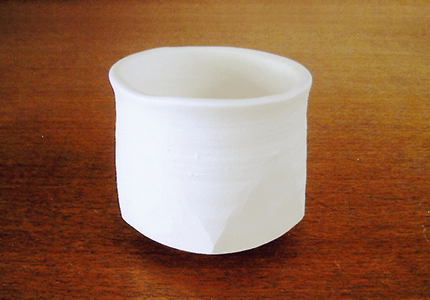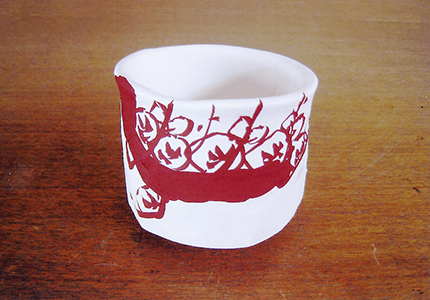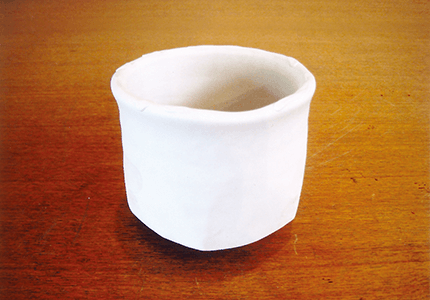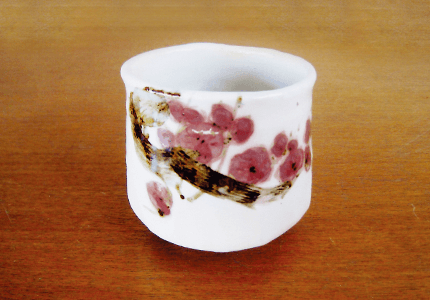
Description
Iron underglaze decorations (tetsu-e) are achieved by painting designs in a pigment containing iron oxide. The piece is then coated with a transparent glaze and fired at a high temperature. This basic method of ceramic underglaze decoration relies on the color changes displayed by iron oxide when it is exposed to heat.
The underglaze designs remain unchanged through the firing. However, the resulting colors can be adjusted from the original dark red of iron oxide to yellow, brown, or even black by varying the firing temperature or the composition of the pigment.
Process
- STEP 1
Iron underglaze is applied to bisque-fired clay.

- STEP 2
The design is painted directly onto the pottery with iron pigment.

- STEP 3
The piece is coated with a white glaze that turns transparent when fired.

- STEP 4
After firing, the piece is complete. (The red areas seen here were created using a copper pigment.)

